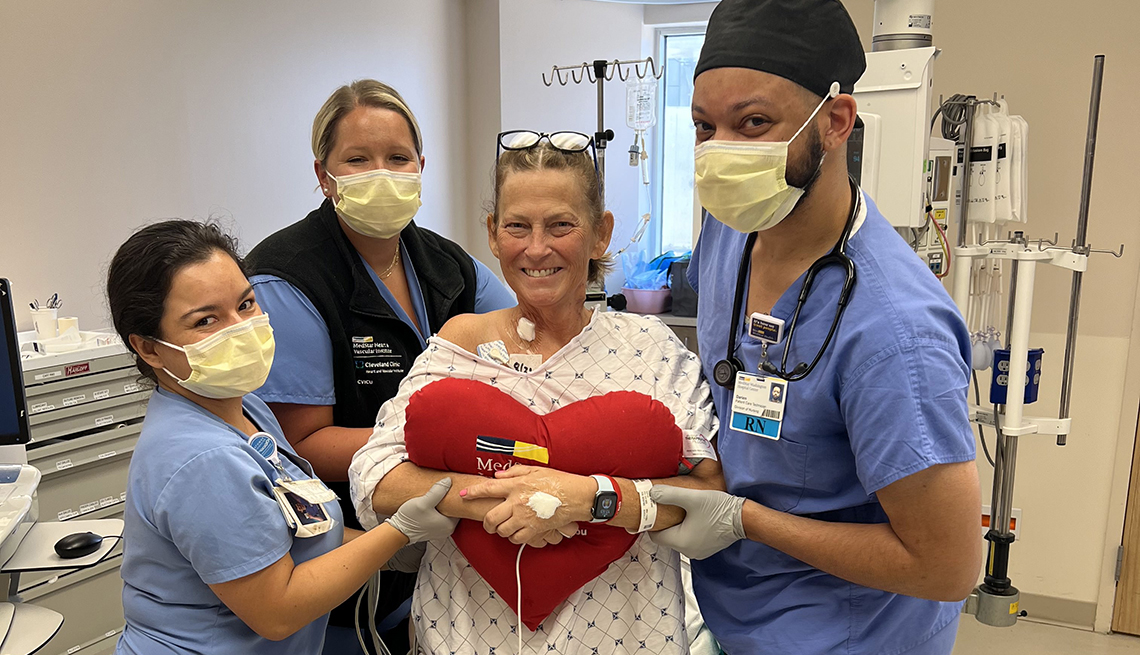Irregular heartbeat is a sign of a rare disease
After a day or two in the hospital, Ramsay’s health continued to deteriorate. “The first week was very confusing,” Ramsey said. “I turned to my children and my sisters to tell me what happened.”
Ramsay’s heart began beating at a fast, erratic rhythm that sometimes went away on its own and sometimes required intravenous medication to restore rhythm. With each such heartbeat, Ramsay grew weaker.
It was these episodes, known as “ventricular tachycardias,” that led Lin to suspect that Ramsay had a rare heart condition called “giant-cell myocarditis.” Experts say the disease affects only about 0.13 in 100,000 people and is difficult to diagnose because symptoms can vary and are often consistent with those of other cardiovascular diseases.
Lin had seen giant cell myocarditis before, and he had a hunch it was the same thing.
Finding a needle in a haystack
Many have heart failure, said Dr. Leslie Cooper Jr., a leading expert on giant cell myocarditis who was not involved in Ramsey’s case. In fact, according to the World Health Organization, approximately 960,000 new cases of heart failure are diagnosed each year. American Heart Failure Association.
However, when heart failure does not improve with treatment and an irregular heartbeat (ventricular tachycardia) develops, giant cell myocarditis may be indicated. Cooper, chief of the Division of Cardiovascular Medicine at the Mayo Clinic in Jacksonville, Fla., explains that these telltale symptoms help “find a needle in a haystack.”
To make the diagnosis, Lin needed to obtain and examine a small tissue sample from Ramsay’s heart muscle, and he needed to do it quickly, because giant cell myocarditis progresses rapidly and can be fatal if left untreated. However, Ramsey was too ill to undergo a biopsy, so doctors placed her on life support in the hope that she would stabilize for surgery.
Ramsay recovered successfully after using a device called ECMO, which essentially does the work of the heart and gives the muscles time to rest. Six days after he arrived at the hospital, doctors performed a biopsy and made a definitive diagnosis. Lin’s suspicions were correct: It was giant cell myocarditis, a rare disease in which inflammatory cells gather to attack the heart, destroying the muscle in the process. Researchers don’t yet know what causes it.
Because of the severity of his condition, Ramsey was unable to receive treatment based solely on immunosuppressive drugs, which may be an option for some patients with giant cell myocarditis. “Given the seriousness of her condition, we knew the best thing for her was a heart transplant,” Lin explained.

